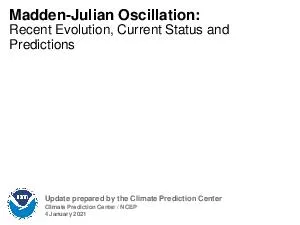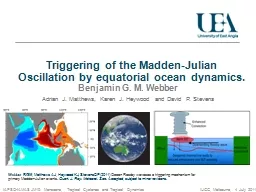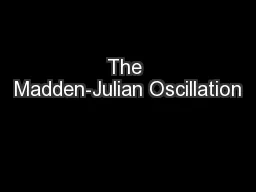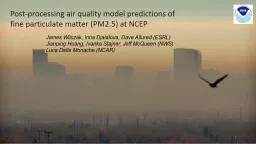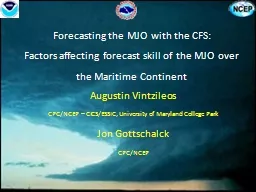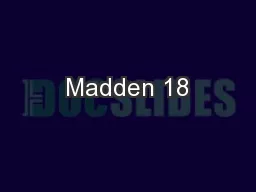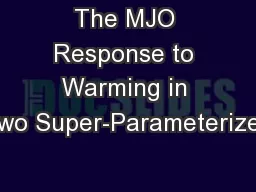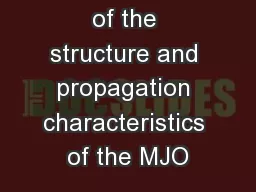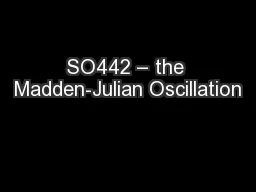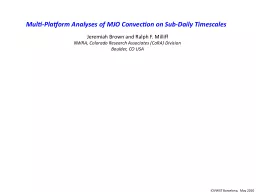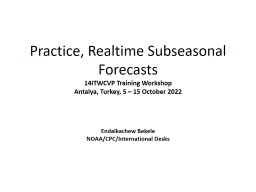PDF-Madden Julian Oscillation Recent Evolution Current Status and Predictions Update prepared
Author : sherrill-nordquist | Published Date : 2014-12-19
S are available at httpwwwcpcncepnoaagovproductsprecipCWlinkghazardsindexphp Although the MJO remained active during the past week a number of observational indicators
Presentation Embed Code
Download Presentation
Download Presentation The PPT/PDF document "Madden Julian Oscillation Recent Evolut..." is the property of its rightful owner. Permission is granted to download and print the materials on this website for personal, non-commercial use only, and to display it on your personal computer provided you do not modify the materials and that you retain all copyright notices contained in the materials. By downloading content from our website, you accept the terms of this agreement.
Madden Julian Oscillation Recent Evolution Current Status and Predictions Update prepared: Transcript
Download Rules Of Document
"Madden Julian Oscillation Recent Evolution Current Status and Predictions Update prepared"The content belongs to its owner. You may download and print it for personal use, without modification, and keep all copyright notices. By downloading, you agree to these terms.
Related Documents

